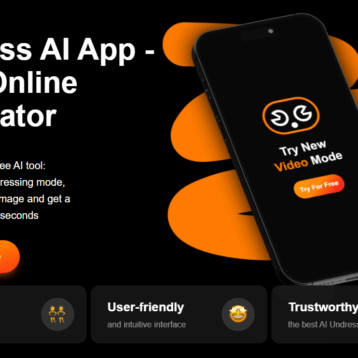Exploring the world of publishing can feel daunting due to the abundance of choices available. It’s essential for content creators who want to create top-notch and captivating publications to pick the perfect software. This article delves into factors to consider when selecting a digital publishing platform that fits different content requirements.

Understanding Digital Publishing Software
Creating the best publishing software allows users to generate and handle content like eBooks and interactive documents easily. With a variety of templates and customization features available, understanding the functions of publishing software can assist users when making decisions.
Key Features to Consider
When assessing publishing tools, it’s important to take into account key features to make sure the software aligns with specific content requirements.
1. Ease of Use
User-friendly interfaces and intuitive navigation are critical for efficient content creation. Software that offers drag-and-drop functionality, pre-designed templates, and simple editing tools can significantly reduce the learning curve. Choosing a platform that supports seamless content creation can save valuable time and resources.
2. Customization Options
Creators can customize their content to match their vision and catering to the preferences of their audience by utilizing software with a range of design features. These include selections of color palettes, along with interactive components to enhance reader engagement and set their publications apart from others in the field.
3. Cross-Platform Compatibility
Ensuring the content is accessible across various devices and operating systems is vital for reaching a broader audience. Digital publishing tools that support multiple formats and responsive design can provide a consistent reading experience on smartphones, tablets, and desktops. Cross-platform compatibility ensures publications are versatile and user-friendly.
4. Integration Capabilities
Connecting with tools and platforms can make publishing smoother and more efficient. Look for software that seamlessly integrates with content management systems, social media networks, and email marketing platforms. Effective integration can improve workflow, enhance distribution, and increase audience interaction.
5. Analytics and Reporting
Studying how individuals engage with content can offer insights for upcoming publications. Tools with analytics and reporting capabilities allow content creators to monitor performance indicators like audience engagement, pages visited, and conversion rates. Making decisions based on data can enhance content strategies and boost overall effectiveness.
Evaluating Cost and Value
Cost plays a role in choosing publishing software; however, it should be balanced against the benefits it brings in value assessment. To ascertain whether a tool delivers a return on investment, factor in the following elements.
1. Pricing Models
Digital publishing software commonly provides a range of pricing options, such as subscription plans that offer access to features and updates on a regular basis. These include one-time purchases with minimal ongoing costs and freemium models that allow users to try out basic features before making a financial commitment. Evaluating the pricing structures for digital publishing software services can help you determine the most budget-friendly choice for your needs.
2. Feature Set
Assess the features provided in comparison to the cost they come with. Having a range of features that match your content requirements could validate price tags. However, splurging on features you do not actually need might put a strain on your budget. Maintaining a balance between the feature offerings and their prices guarantees value for your money.
3. Support and Resources
Reliable customer support and access to educational resources can add significant value to digital publishing software. Assistance with troubleshooting, tutorials, and community forums can enhance user experience and maximize the software’s potential. Prioritizing tools with robust support and technological impact can prevent future challenges and improve overall satisfaction.
Trial and Error
Taking advantage of free trials and demos can be instrumental in finding the right digital publishing software. These trials provide hands-on experience, enabling users to test features, assess ease of use, and determine compatibility with existing workflows. Experimenting with different tools can lead to more informed decisions and ultimately identify the best fit for specific content needs.
Final Thoughts
Finding the right publishing software is crucial for creators looking to create engaging and user-friendly publications successfully. By taking into account factors such as user-friendliness, customization features, compatibility across platforms, integration options, and analytics, individuals can choose a tool that suits their needs. Assessing the cost and benefits of experimenting with different options helps in making a knowledgeable choice. In the end, selecting the software enables creators to share excellent digital content that connects with their readership.










